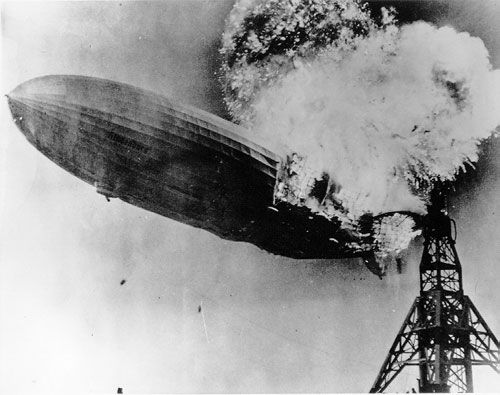Military Deploys Air Balloon for Olympic Security
Army deploys new anti-terrorist balloon to protect Olympic village
By Jeff Lee, Vancouver Sun, January 23, 2010
http://www.vancouversun.com/news/Army+deploys+anti+terrorist+balloon+pro...
The Canadian Forces is using a brand-new anti-terrorism device designed to detect improvised explosive devices in Afghanistan to protect a 20-kilometre radius around the Whistler Athletes Village.
Earlier this week, when Vancouver Organizing Committee officials gave journalists a tour of the village, they fielded questions about a large white helium balloon anchored at one end. The Vancouver 2010 Integrated Security Unit (VISU) gave few details, other than to say it was an aerial platform operated by the Canadian Forces to watch for intruders entering from the forest.
On Thursday the army identified the balloon as a "persistent surveillance system on aerostat," jargon for a device that scans an area from a fixed aerial position. But it declined to talk about the capabilities of the balloon, other than to say it was made by a German company, Rheinmetall AG, and that only one was being used during the Olympics.
"For operational security reasons we really can't say anything more about this," Maj. Dan Thomas, a Canadian Forces spokesman attached to VISU said apologetically.
RCMP spokesman Sgt. Bert Paquet told reporters that the balloon's camera was not being allowed to sweep over populated areas, including the village, to protect the privacy of athletes and others.
But for all the secrecy surrounding its Olympic operations, the Canadian Forces itself bragged to soldiers last November about the extensive capabilities of the new aerial surveillance system.
It published an interview online in Army News that described fairly extensively the capabilities of the equipment. And Rheinmetall Canada, the Canadian subsidiary that won the $13.6-million contract last July, also indicated on its website that the surveillance system can identify targets up to 20 kilometres away.
The balloon in Whistler is one of five the federal government bought last year from Rheinmetall Canada. It also gave a $12.5-million contract to Thales Systems Canada, another military-equipment company, as part of the first phase of its "Enhanced Counter-Improvised Explosive Devices Project."
In the Army News story, the Canadian Forces said the system is part of a newly formed "Balloon Platoon" at Canadian Forces Base Edmonton Garrison called Task Force 3-09.
The concept, now being applied by the United States and other NATO allies, is to use a stable aerial platform to see insurgents installing roadside bombs or planning surprise attacks. The Rheinmetall system can be operated by four people.
The helium balloon is tethered by a Kevlar line and contains a platform "from which suspends a state-of-the-art imaging system," according to Army News. The payload includes "a high-resolution camera, capable of night and day operation over a large area of surveillance."
In fact, the low-pressure balloon can withstand multiple punctures from small-arms fire and still stay aloft.
"It turns out a balloon is a very stable platform," Capt. Robert Dona told Army News. "The balloon acts as a visual deterrent, as well. If you can see it, it can see you."
The Army notes that in Israel, three of these balloons operated by the Israeli Army cover the entire Gaza Strip.
Two of Canada's new balloons will be used for training exercises, but the other three are being used in the field, including in Afghanistan.
